How Canada's planning, design and construction industries can adapt to the Trump tariffs
We are on our own now. We are changing what we buy; now we have to change what we build.
It’s happened- the US president has thrown up a tariff wall, 25 per cent on all Canadian products. He broke his own free trade agreement, which he described as “the best trade deal ever made.” And the surprising thing is that Canada has mostly united in the face of the threat in ways I have never seen. Canadians have cancelled vacations, dropped Amazon Prime, and are looking for the maple leaf label even if it costs a bit more. Many have adopted a Patriotic Canadian diet.
Planning, design and construction must adapt to this new world of tariffs and trade barriers. Canada has already imposed its own tariffs on products made in the USA, including:
Wood, engineered structural timber, plywood, sheets for veneering, particleboard, fibreboard, panels, shingles, shakes, posts and beams; plastic floor, wall and ceiling coverings; carpets, other textile floor coverings and tiles; lavatory fittings; doors, thresholds, windows, frames, shutters and blinds; large reservoirs, tanks, vats and other builders’ ware; luminaires and lighting fittings; and furniture and components thereof.
But it is not just about materials and products; we must change what we build and where we build it. Some ideas for a Patriotic Canadian Built Environment:
More Mass Timber.
In the last few years, Nordic, Element 5, Structurecraft and others have made major investments in mass timber production, much of which was exported south. The USA has put tariffs on top of tariffs to kill imports of Canadian lumber. If the industry is to survive, we need a massive pivot to mass timber construction in Canada.
More Missing Middle zoning
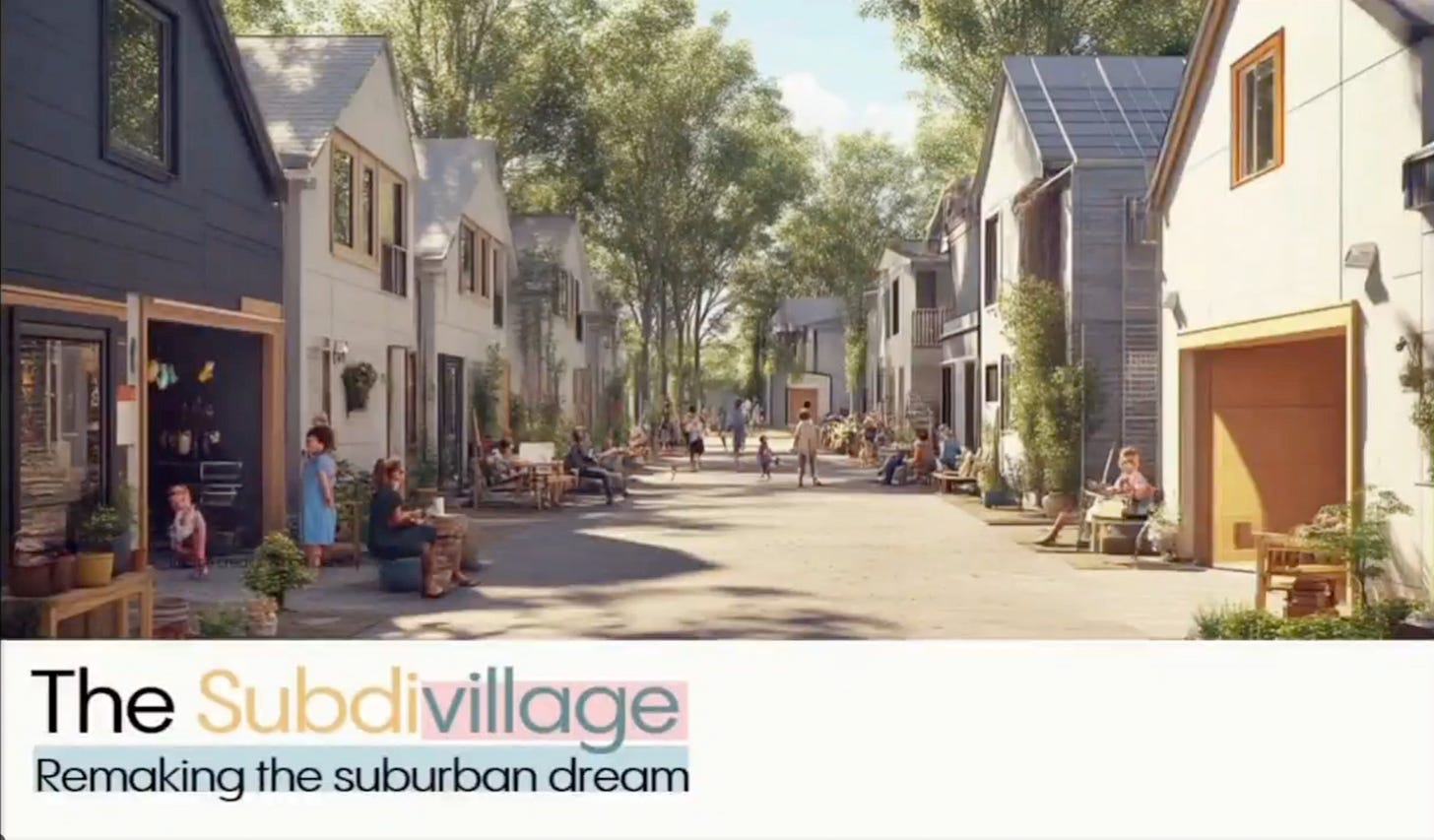
I have written many times that the single biggest factor in our cities' carbon footprint isn't the amount of insulation in our walls; it's the zoning. We seem to have only two zones: single-family sprawl and concrete and glass high-rises. But there are other building forms that can achieve relatively high densities without concrete towers.
Naama Blonder of Smart Density shows the Subdivillage; I have written often about Missing Middle/ Goldilocks Density housing, all of which can be built out of wood.
We know from the work of Dr. Hannes Gauch how to build low-carbon buildings:
"Our results show that to lower both upfront and operational emissions in new multi-story buildings, we should make them compact, design with timber instead of steel or concrete, choose light cladding and modest window areas, and install mechanical ventilation with heat recovery."
These are also buildings with less content from the USA.
Make Canadian Wood Fibre Insulation
TimberHP in Maine has shown how a pulp and paper-based timber economy can pivot to insulation. Canadians should emulate this and build a wood fibre insulation industry here.
Electrify everything
Canada is an electricity powerhouse. Ban new gas hookups in homes and promote heat pumps to get Ontario off Marcellus Shale gas. Make every building Passivhaus to reduce demand and increase resilience.
Promote e-bikes and if the car manufacturers all go south, open the borders for Chinese electric cars.
Restructure from north-south to east-west.
Kelly Alvarez Doran of ha/f writes on Linkedin:
“A few years ago, I asked my friend Jon Sawatzky at Loewen Windows about the source of the wood-framed windows and doors at our cottage. After speaking with his supply team, he came back with a list of all the sources of the window's components—fir from BC or Oregon, glass from Missouri or North Dakota, hardware from Germany, and spacers from Southeast Asia.”
”Construction of housing just got a lot more expensive, and a lot more complicated. Canada's north-south integration is going to take some time to disentangle but I'm hopeful that this moment leads to a far more east-west, resilient construction industry in the near to long-term.”
More renovation and retrofit
I covered that earlier: For self-sufficiency and sustainability, we need more renovation and restoration- The best way to fight the Trump tariffs is to go local and fix what we have.
Design for a Sufficiency Economy
I previously wrote a post, Is Canada about to experience Rapid Unscheduled Degrowth? in which I called for a future where we “consume less and produce fewer carbon emissions, with less reliance on others.” I also wrote earlier about Sufficiency and the Built Environment:
Many policies encourage sufficiency; zoning changes can promote Goldilocks density housing, supported by bike lanes and transit. Economic incentives could promote renovation and reuse instead of new construction. Much can be done by designing things better:
“Paying attention to space and quality of living should not only be defined by an absolute number of square meters. The surrounding amenities, quality of outdoor public spaces and available transportation and otherservices should also define the comfort and attractiveness of a space.”
My mantra, stolen from engineer Will Arnold, has always been to “use less stuff.” It’s now “Use less stuff from the USA.”
Ban Sprawl
Since the end of the Second World War, we have followed the USA’s fossil-fueled, car-based models of planning, design, and building. Our suburbs look like their suburbs; this Wikipedia photo of Markham, Ontario, has been used thousands of times to represent suburbia everywhere.
Nobody in Canada asked for this economic war, but we have it now, and it will hurt; a wag on Bluesky noted “A trade war is setting fire to your neighbor’s house then noticing you live in a duplex.” Journalist David Moscrop writes that this is a critical turning point:
These junctures are full of possibility as old ways taken for granted are suddenly up for debate or even scrapped in whirling real-time as they become unfit for purpose.
The old order is dying. What should we replace it with? This is the question we need to ask and answer, starting now. The worst thing we can do is check out or concede and let the powerful decide for us. We can decide for ourselves what to do.
We should use this time to not only stop using products from the USA, but also the tired, high-carbon planning and development patterns we copied from them. We can build, instead, a walkable, wooden world.
I started this post with a discussion of UK Prime Minister Keir Starmer and his abandonment of Canada, but deleted it because it was a separate issue from the tariffs. However, the whole thing still sticks in my craw, so I am putting it back here at the bottom for anyone interested.
I am named Lloyd because my mother’s brother, Lloyd George Speyer, was named after a British Prime Minister and died at 20 while fighting Nazis, navigating a RCAF Lancaster bomber over Berlin in 1944. But it’s not just my name, I have always felt an attachment to Britain; for some reason, more people read my books and posts in the UK than Canada, and I always feel at home there.
So I was upset when I saw how British Prime Minister Starmer dealt with the issue of Canada in his visit to Washington last Thursday. Tuesday’s editorial in the Globe and Mail was titled Canada is more alone than ever and was critical of Starmer:
“British Prime Minister Keir Starmer refused to come to Canada’s defence when he was asked by a reporter – Mr. Trump standing to his left after a meeting between the two men – whether he had raised the issue of the President’s desire to annex Canada and make it the 51st state. Mr. Starmer later dodged the same question during an interview on Fox News.”
Journalist John Ivison described him in his blog and was less polite:
In short, he was the embodiment of Robert Burns’ “wee, sleekit, cowerin’, timorous beastie” - an unctuous, deceitful sell-out.
By Saturday, Starmer put on a brave show of support for Ukraine and Zelenskyy, but as far as Canada is concerned, it is clear: We are on our own, and we can’t expect the King or the Commonwealth to back us up in a fight with the USA. I am disappointed and saddened.
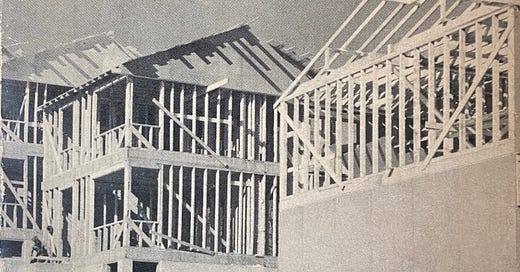



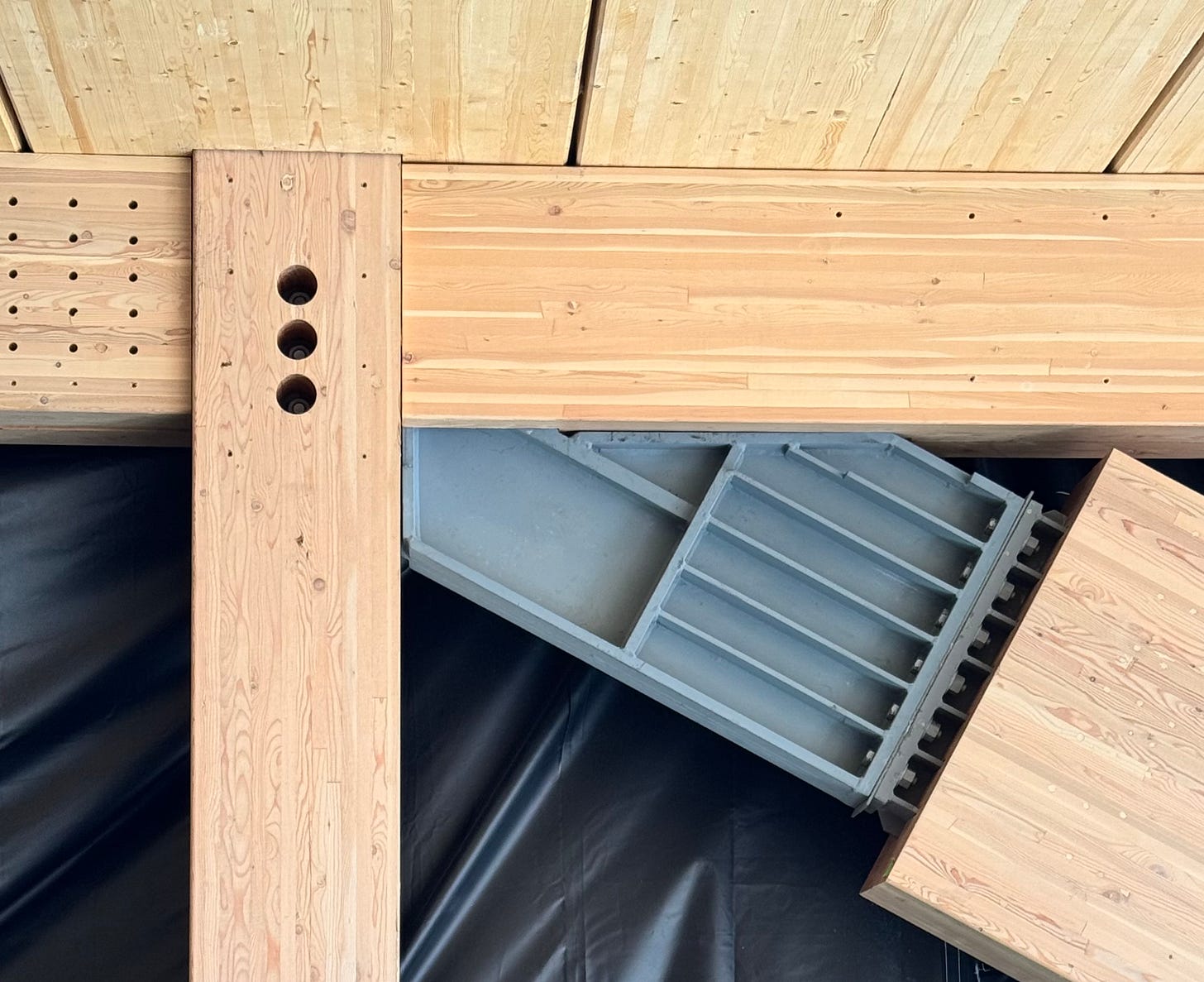

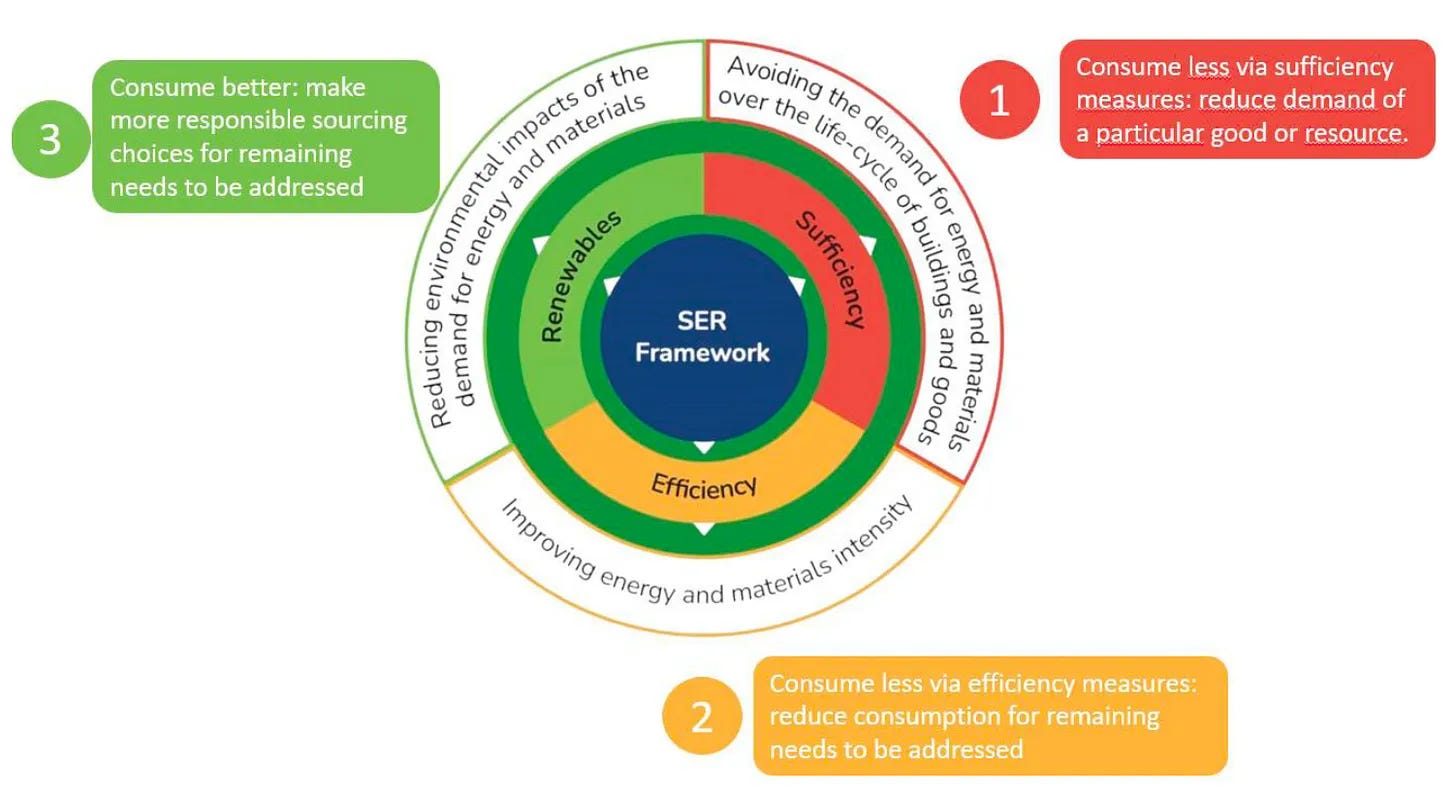
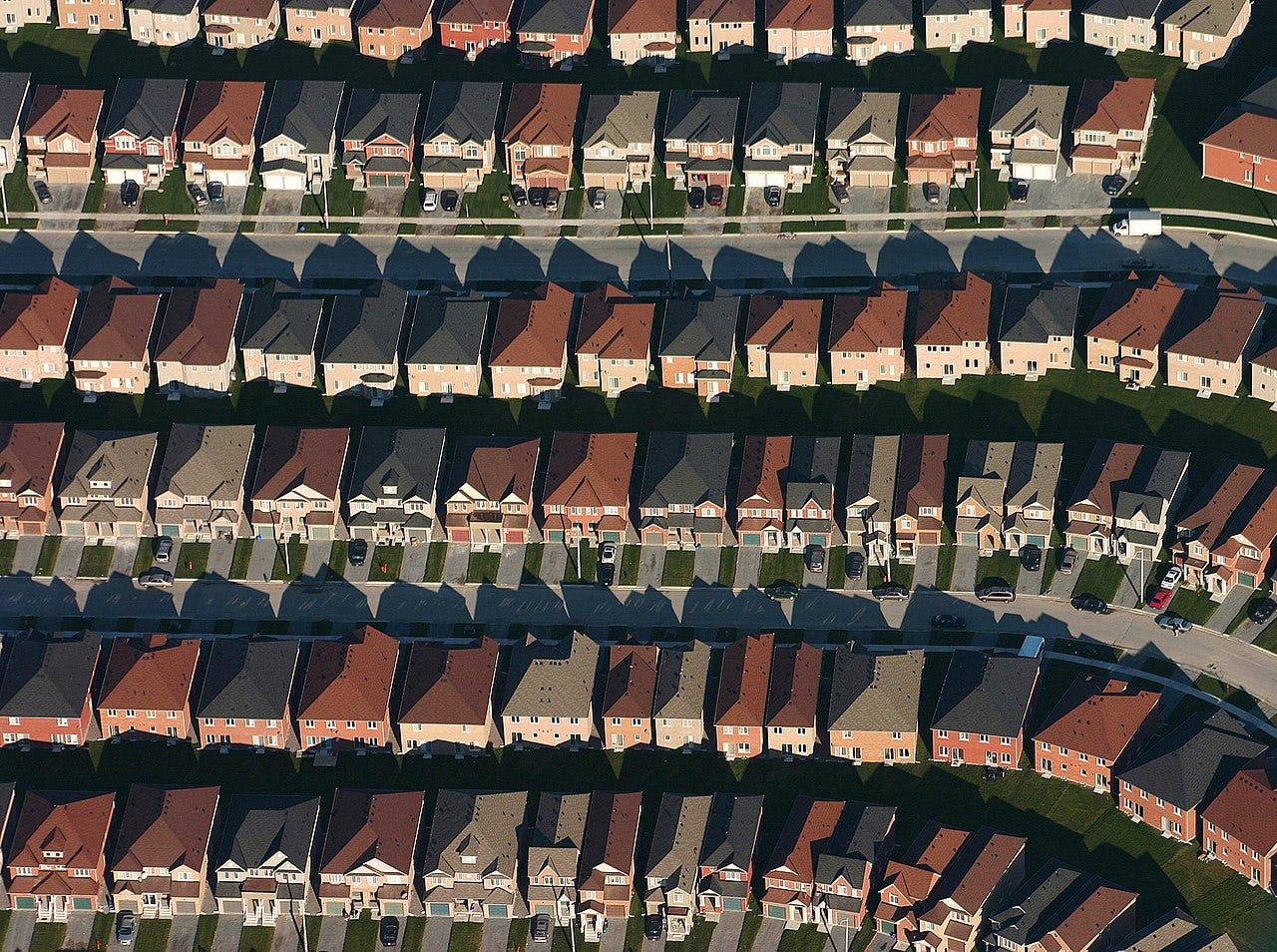

I really hope that Canadians (and truly, all people around the planet) recognize that at least half of the population of the United States is horrified and broken-hearted by what is happening.
Can Massachusetts join Canada too?